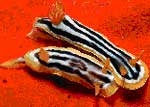This species of snake belongs to the viper family. They possess very distinct characteristics.
In nature, some animals such as turtles, bears, and snakes enter a state of hibernation during the harsh winter months to reduce their metabolic processes, conserve energy, and maintain life in extreme weather conditions.
Specifically regarding snakes, temperature is a critical factor influencing their survival. Snakes, being cold-blooded creatures, lack a physiological system to regulate their body temperature like humans do. Therefore, their body temperature fluctuates with changes in their surrounding environment.
The most favorable temperature range for this reptile is between 20 to 30 degrees Celsius. When temperatures drop below zero, snakes can freeze, and even succumb to hypothermia. At around 10 degrees Celsius, their physiological functions reach a minimum level, prompting them to halt all activities and enter a hibernation mode to survive.
However, in the northwestern region of China, there exists a venomous snake that also chooses to hibernate but can survive in frigid conditions as extreme as “biting cold” when temperatures drop to -3 degrees Celsius.
This unique characteristic has earned this snake in China the title of “King of Northern Venomous Snakes”.
So, what is the “King of Northern Venomous Snakes” and where do they reside in China?
We are referring to the European viper, Vipera berus, which inhabits the Xinjiang Uyghur Autonomous Region in northwestern China.
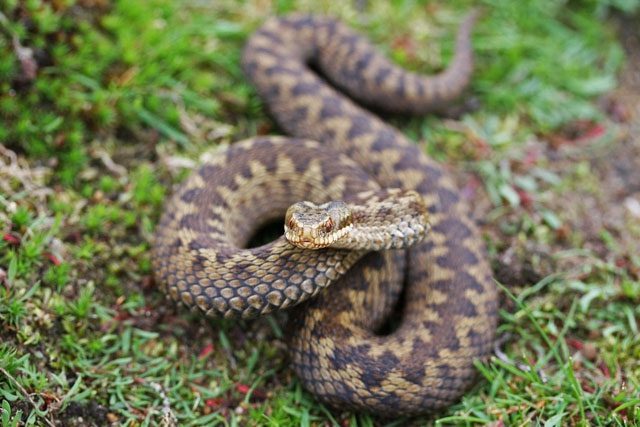
European viper, Vipera berus.
Vipera berus is the scientific name for the European viper which belongs to the Viperidae family. This venomous snake is widely distributed across Asia and Europe (as far as the Arctic Circle). It is typically recognized by its body color, which is primarily brown or gray, with dark stripes or rings depending on the habitat and sex. It has a slightly triangular head and large eyes, with patterned scales and large body scales.
One of the most “remarkable” traits of the Vipera berus is its ability to survive and recover quickly in temperatures as low as -3.1 degrees Celsius, according to Researchgate. This is why Vipera berus is found further north on the planet than any other snake species.
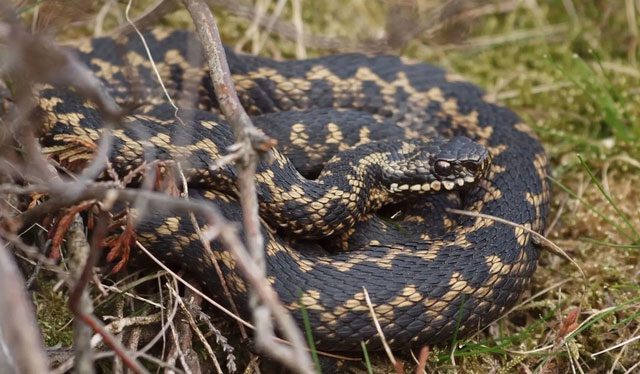
This species can survive and recover quickly in low temperatures. (Photo: Animalia.bio).
In addition to thriving in frigid areas, Vipera berus inhabits a variety of environments including grasslands, rocky hillsides, meadows, forest edges, clearings, coastal dunes, and quarries. They may venture into wetlands if dry land is nearby, allowing them to be found along riverbanks, lakes, and ponds.
Venom of Vipera berus: Attacking Cells and Blood
A frightening trait of this stout-bodied viper, which can grow up to 90 cm in length, is that it causes more snakebite incidents than any other species in the Viper genus. The venom of Vipera berus primarily possesses protein-dissolving, hemolytic, and cytotoxic properties.
Due to the rapid expansion of human activities within its range, bites are relatively common. Domestic animals and livestock are frequent victims. In the UK, most incidents occur between March and October.
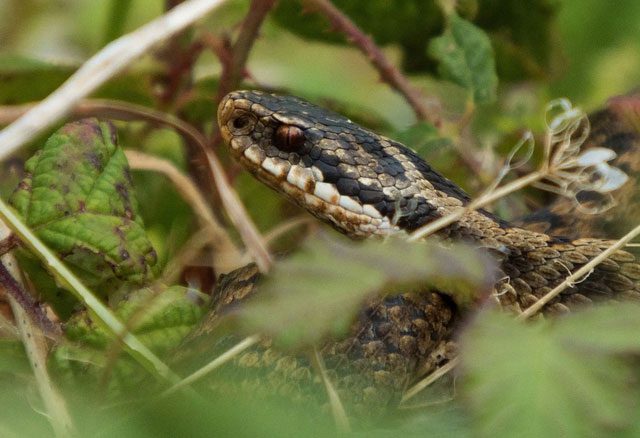
The venom of Vipera berus primarily has protein-dissolving, hemolytic, and cytotoxic properties. (Photo: Animalia.bio).
There are at least eight different antivenoms available to counteract bites from this species. Fatalities from bites are very rare, especially in children, although adults may experience prolonged pain and swelling after being bitten. Recovery times vary but can take up to a year.
Local symptoms include intense and immediate pain, followed by swelling and tingling sensations within minutes (though this may last up to 30 minutes). Pain alongside inflammation can persist for several hours. Right after being bitten, victims may feel nauseous, vomit, experience abdominal pain and diarrhea, sweat, have a fever, vasoconstriction, rapid heartbeat, dizziness, faintness, temporary blindness, shock, hives, and bronchospasm. Without treatment, these symptoms may last up to 48 hours. In severe cases, cardiovascular failure may occur.
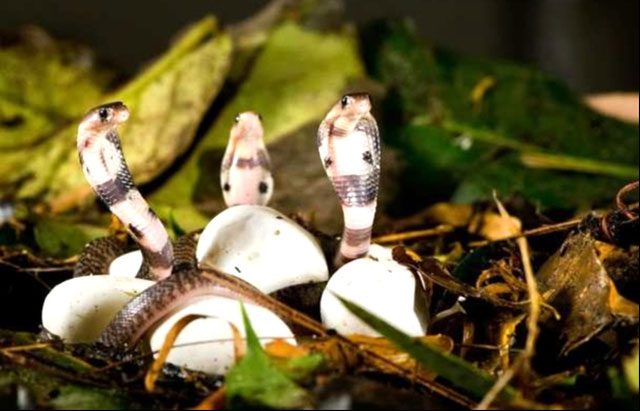
Unlike the king cobra – which lays eggs, the Vipera berus gives birth to live young.
A unique characteristic of Vipera berus compared to most other snake species is that they give birth to live young. They do not lay eggs like king cobras or black mambas. April is the most common month for this species to reproduce. Their gestation period lasts from 3 to 4 months, and female vipers typically give birth to about 12 young. At birth, the young Vipera berus measure approximately 16 to 18 cm in length.
Vipera berus is a carnivorous species that consumes a variety of prey, including small mammals such as voles (Arvicolinae), shrews (Soricidae), and mice (Murinae), as well as small lizards, birds, and frogs.
There are two common hunting strategies employed by Vipera berus. The first strategy is known as ambush. Vipera berus can patiently wait in one spot for prey to pass by, allowing them to strike using their fangs to inject enough venom to kill the prey. They then use their keen sense of smell to track the injured animal until it dies, after which Vipera berus will typically consume the head first.
The second strategy involves actively seeking out prey. Vipers often use this strategy when they are most excited—at dusk. At this time, their venom is at its peak, making it easier to incapacitate prey quickly.
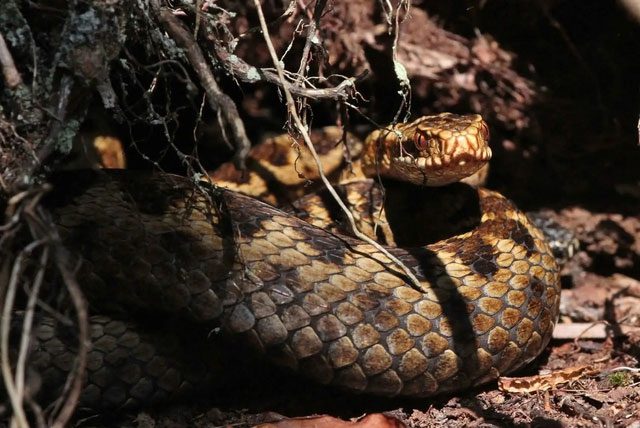
Several main predators can hunt Vipera berus. (Photo: Animalia.bio).
In the vast natural world, Vipera berus also faces threats from predators. Several main predators can hunt Vipera berus, including foxes, Eurasian badgers, large daytime raptors, and owls. European vipers can also fall prey to larger snakes.
According to the International Union for Conservation of Nature (IUCN), the European viper is locally common and widely distributed within its range, but no overall population estimates exist. Currently, this species is classified as Least Concern (LC) in the IUCN Red List, although its numbers are in decline.










































